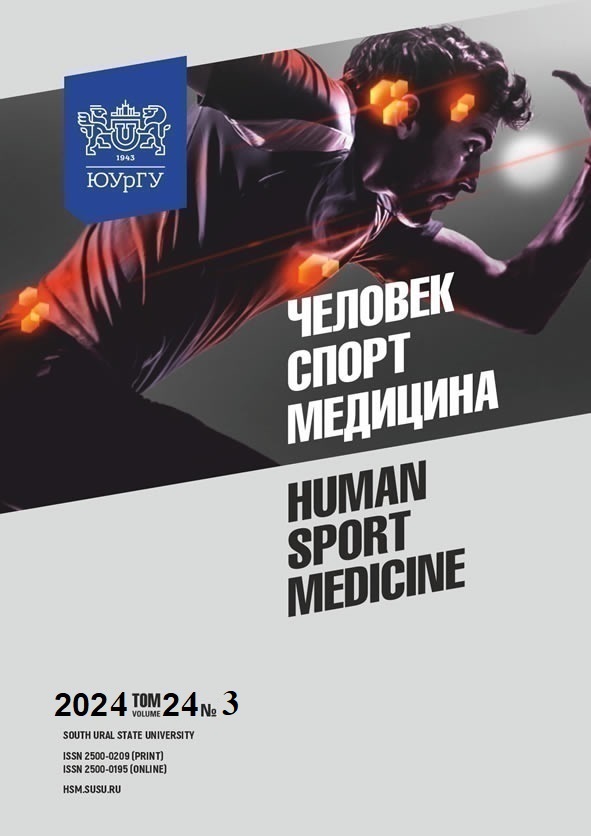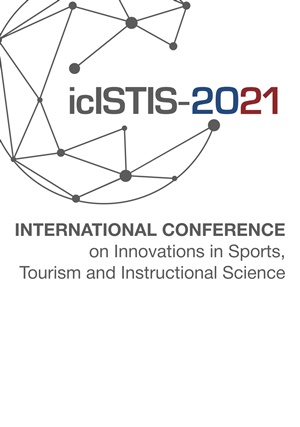PROSPECTS FOR THE DEVELOPMENT OF PHYGITAL SPORTS IN EXTRACURRICULAR UNIVERSITY ACTIVITIES
Abstract
This paper aims to identify the attitudes of university students towards phygital biathlon, along with favorable conditions and opportunities for the development of phygital sports within extracurricular university activities. Materials and methods. Employing a structured online questionnaire, this study gathered data from 1201 participants, ranging in age from 17 to 25 years, across various universities in the Urals and Siberia, including Tyumen State University, Siberian Federal University, South Ural State University, etc. Notably, females constituted the majority of respondents (70%). All study participants provided their consent for participation prior to the study. Results. Our analysis showed differences in awareness and engagement levels among young males. Notably, SibFU students appeared to be more aware of phygital biathlon (77.1%) compared to students of other universities (62.1%). Engagement levels among university students turned out to be low. Male students from Siberian Federal University (5.7%) were found to be the most active in terms of regular physical activities, with at least 4 or more training sessions per week, compared to Other universities (3.7%) and Tyumen State University (2.5%). Furthermore, the study uncovered a prevailing optimism among respondents concerning the future of phygital sports (76%). However, 21.2% of female students and 18.3% of male students demonstrate a notable skepticism towards the development of phygital biathlon. Additionally, the efficacy of introducing virtual reality into the university curriculum was affirmed by 92% of students. Conclusion. Female students exhibit greater participation in online social interactions compared to their male counterparts, whereas males demonstrate greater engagement in offline physical activities. Males possess a deeper understanding of phygital sports and are more actively engaged in both traditional mass sports and phygital activities when compared to females. A significant proportion of the study participants anticipate the widespread adoption of phygital sports in the future. Furthermore, the initial stages of activity aimed at fostering the development of phygital sports within extracurricular university activities have been delineated.
References
References on translit
Copyright (c) 2024 Human. Sport. Medicine

This work is licensed under a Creative Commons Attribution-NonCommercial-NoDerivatives 4.0 International License.















